Interview with Thomas Kern: "I just come to you as a person."
For the series "Je te regarde et tu dis" Thomas Kern photographed 61 people from all areas of the canton of Fribourg. In the interview he talks about the creation of the series, his working method and the selection of the portrayed.
Thomas Kern, you are at home in Aargau, but for the 12th edition of the "Photographic investigation: Freiburg theme" you portrayed the people of Freiburg for a whole year. how come
I have to digress a bit. The Enquête Photographique Fribourgeoise is a competition that I have known for a long time. However, I didn't realize for a long time that it was also open to photographers from outside the canton and that I could apply there. After my exhibition about Haiti in 2017, I didn't have any major projects. So I found it interesting to apply here.
So you were looking for a topic.
Yes. It wasn't that easy, because I'm not from Freiburg. I don't have a large income. It quickly became clear to me that I wanted to do portraits - because I just like doing it. I didn't want to impose a theme on the whole thing, though. For example, I didn't want to photograph a certain ethnic group or a certain type of people. I wanted to leave that open. When applying, the great art was to describe the project on three pages in a comprehensible way without telling the jury which people in the canton of Friborg I would ultimately be photographing. At the time, I didn't even want to know myself, I just wanted to leave it to chance.
So how did you choose the people for your portraits?
As part of my research, I read a book by Jean-François Haas, a writer from Fribourg. In these novellas, Haas unspectacularly described the lives of random people in very beautiful stories. I immediately had the feeling that they were from Freiburg, even though it wasn't declared anywhere. That was like a guide for me. So I started with him. Then I had a few more people to connect with. For example, a tobacco farmer I once did a report about. I asked these people to pass me on to someone next. About 80 percent of the contacts came about through references.
Elsewhere you mentioned the concentration between you and the sitter. What do you mean by that?
When photographing, a moment should arise in which there is nothing between me and the photographed person. No image, no mask. I wanted to get as close to the people as possible. Create a common focus. It was important to me that people's views were unobstructed. Because that allows viewers to look inside the images. As soon as I take a portrait where the facial expression is the result of an interaction between me and that person, then as a photographer I own that moment. However, I wanted the people looking at these pictures to be able to look inside the pictures. And that the people I photographed look at the viewers exactly as they looked at me.
How is it possible to achieve this concentration?
This is very individual, there is no recipe. It was important to me that I talked to people about the project beforehand: I'll come to your house and there's no reason. Except that someone called your name. We don't know each other and I don't want you to represent anything - even if you're in a football club, I won't come and photograph you as a footballer. I just come to you as a human. I want to leave everything else out of the picture. People understood that.
What role does technology play here?
I took the pictures analogue, that was clear to me for various reasons. On the one hand, I grew up with it. It's a technique that doesn't scare me. On the other hand, as a photographer, it forces me to be more careful, especially with portraits. It's a slower process. After twelve frames I have to change the film. The rhythm is different than when I expose 1500 images. It's also important: I don't have to see what I'm doing and, above all, I don't want the person portrayed to see what I'm doing.
We are all constantly being photographed these days. So much so that taking pictures is no longer perceived as the actual action. But if you take pictures so slowly, then it suddenly becomes an act. That leads people to the moment when I say, "Now, that's fine, the light is right, now don't think about anything".
How did you choose the location of the portrait and the position of the portrayed?
I didn't really care what background appeared in the picture. Nevertheless, my goal was always to take an interesting picture. Since I was working with natural light, the choice in terms of location was mostly minimal. I needed a bit of space and the light had to be there. So that's what happened. For posture I give very light instructions, watch the body language to see if the person is comfortable. At the end there are very few instructions. “Look into the camera, look directly, please shut your mouth”. I didn't want people to laugh because it's a strong gesture that immediately puts them at a certain distance.
To what extent were those portrayed able to have a say?
Actually, I didn't even ask her. Although I feel like it's something very collaborative we're doing. It was clear from the start that I would take the photo.
To the exhibition by Thomas Kern…
To the lecture by Thomas Kern…
Cover picture: © Luca Zanetti

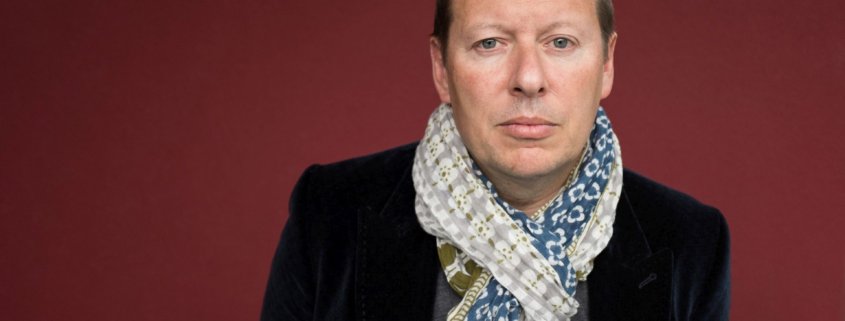
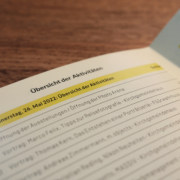
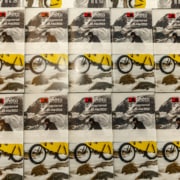
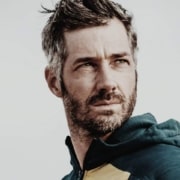
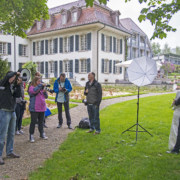
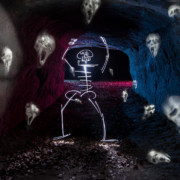
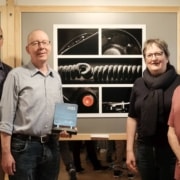


Leave a comment
Participate in the discussion?Leave us your comment!